Buy Value Stocks, Says J.P. Morgan’s David Kelly
This investing strategist says to use valuation as your guide for stock investing opportunities in the balance of 2022. Plus, bonds are looking better than they have of late.
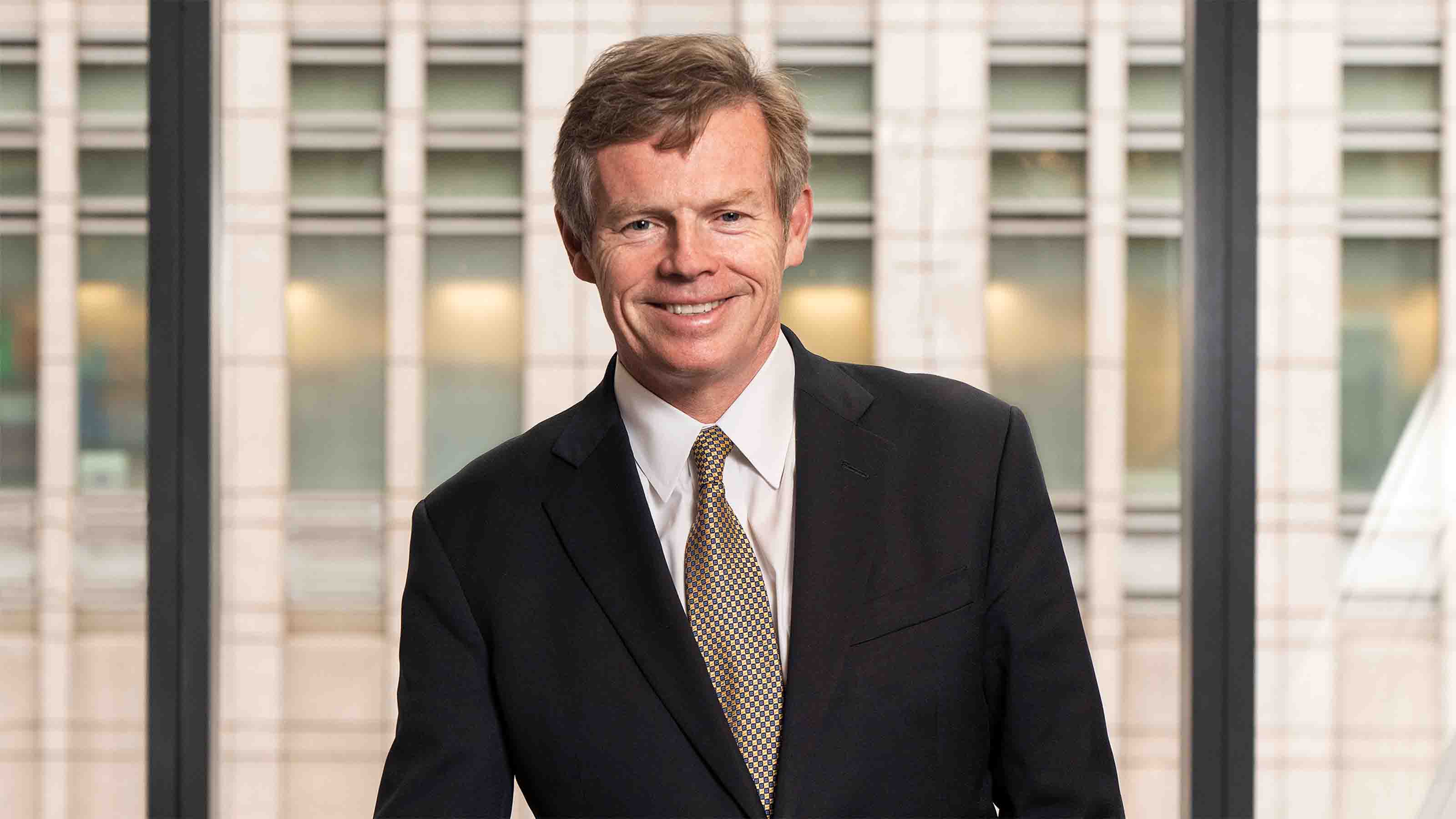

An interview with the chief global strategist at J.P. Morgan Asset Management.
What’s your stock market outlook for the second half? It’s a particularly challenging year, but I’m reasonably optimistic. The major concerns this year have been about inflation, the Federal Reserve raising rates very rapidly and the possibility of recession. We don’t know about geopolitical events, whether in Ukraine or other situations that will flare up. But I think economic growth can moderate without going into recession, I think inflation can moderate, and I think the Federal Reserve will cool its tone. That should make it a reasonably positive second half for U.S. stocks.
What’s your forecast for the economy and inflation? By the fourth quarter, I expect economic growth, adjusted for inflation, of less than 2.5% year-over-year; by the fourth quarter of next year, less than 2.0%. So I think the economy will grow, but at a much slower pace. On inflation, we expect the consumer price index to be back to 4.3% by the end of this year, 3.5% by the end of next year. Why do I think inflation is going to come down? Because there really is such a thing as transitory inflation. It was caused by the pandemic and the policy response. The pandemic is fading, and supply chains will improve. A lot of the money poured into the economy in terms of fiscal stimulus over the past two years is drying up. That money pushed up demand for a lot of goods. With less demand, inflation will naturally fade.
From just $107.88 $24.99 for Kiplinger Personal Finance
Become a smarter, better informed investor. Subscribe from just $107.88 $24.99, plus get up to 4 Special Issues

Sign up for Kiplinger’s Free Newsletters
Profit and prosper with the best of expert advice on investing, taxes, retirement, personal finance and more - straight to your e-mail.
Profit and prosper with the best of expert advice - straight to your e-mail.
Why are you convinced we’ll skirt a recession? Despite the two extraordinary recessions we’ve seen since the start of the century—the pandemic recession and the great financial crisis—I think the volatility of GDP has fallen. It’s quite difficult to get a normal recession going. There’s a huge excess demand for labor, and that momentum will keep the economy out of recession. The unemployment rate will drift down to 3.3% by the fourth quarter of this year, which will be the lowest in 70 years, and to about 3.1% by the fourth quarter of next year.
Are U.S. corporate profits in good shape? It is tougher for corporations in general. It looks like operating earnings will be up about 7% to 8% in the first quarter compared to the same period last year. That’s representative of what we’ll see this year. We saw huge gains in earnings last year. Profits are extremely high, but it’s very hard to grow them from here. And companies are facing pressures. A rising dollar hurts the value of overseas earnings. Also, you’ve got rising wage costs, rising interest costs. So earnings overall will be growing more slowly. But within the market there are stocks that are cheap relative to earnings and others that are expensive. Looking at valuations is going to be much more important in the second half of this year and beyond. Investors will be a little more parsimonious about what they buy. But within the market there are plenty of opportunities.
How should investors position their portfolios? The first thing investors should do is look in the mirror. We had huge gains over the past three years. If you didn’t rebalance, the good news is that you’ve got a lot more money. The bad news is that you’re heavily overweight in large-cap growth stocks. Is that where you want to be? People have to look at how the environment has changed and make sure their portfolios are aligned appropriately in terms of risk and expected return. How much risk do you want to take?
In terms of where the opportunities are, valuations give you the answer. Value-priced stocks in general are selling at a steep discount to growth-oriented stocks. Over the past 25 years, the price-earnings ratio on value stocks has averaged 72% of that on growth stocks. Now it’s averaging 60%. People have been piling into mega-cap growth stocks. But the more sober world of 2022 and possibly 2023 will cause those valuation gaps to narrow. Similarly, international stocks in general have rarely looked as cheap as they do today compared with U.S. stocks. A lot of people are very underweight in international stocks—this is a good time to load up. You can get double the dividend yield you can get in the U.S., and you’re buying at much better valuations.
When you talk about international investing, where do you mean? Both Europe and China. Europe is cheap. It’s threatened by what’s going on in Ukraine and by high energy prices that will slow the European economy. But one silver lining to the very dark cloud of Ukraine is that it has pulled Europe together. The pandemic helped pull Europe together also. We’re seeing more common fiscal policies. In the end, Europe will get through its energy problems and get back on a path of moderate growth. European stocks are so cheap that there’s a big opportunity there. The world’s value play is European stocks. China is a different situation. China has taken a huge hit. There will be a bumpy year as China gets through its COVID vulnerability. But financial assets are long term, and China has got a lot of growth potential. Chinese stocks look very cheap relative to the rest of the world.
What other pockets of opportunity do you see? Small-cap stocks could do well. They tend to do well when the economy is bouncing out of recession and do poorly when it’s threatened by recession, but I think we can avoid a recession here. Again, small-cap value looks cheap relative to small-cap growth.
What about inflation hedges—still a good strategy? The inflation threat may be receding a bit, but some exposure to commodities and parts of the real estate market is okay. And equities overall are an inflation hedge relative to fixed income or cash. A lot of people are tempted to buy Treasury inflation-protected securities. But the yield on 10-year TIPS is negative in inflation-adjusted terms. Basically, you give the government money for 10 years, and at the end they’ll give you less purchasing power—not a great deal.
What’s ahead for fixed-income investors? People can feel more comfortable investing in fixed income than they could at the start of the year. Then, we had a 10-year Treasury yield of 1.5%; now, we’re closer to 3%. That gives you a better stream of income. And the Federal reserve is going to turn less hawkish over the next few months, reducing the risk of a big sell-off in bonds. I would still underweight fixed income relative to stocks, but I’d only have a slight underweight rather than a significant underweight, which is what I’d have had at the start of 2022.
Anything to add? I would emphasize to investors to think carefully about the actual value of the company or the assets you’re buying. We’ve had years in which meme stocks have done well, cryptocurrencies have done well. There’s a lot of excitement in these spaces. But in the end, there’s a lot of smoke and mirrors in the crypto space. To be honest, I think it’s mostly nonsense. It’s important for people to invest in companies that have a real product, a real good, a real service, a real cash flow being generated. That’s how you build a portfolio for the long run. The last few years have been great for fads. I don’t think the next few years will be.
Profit and prosper with the best of Kiplinger's advice on investing, taxes, retirement, personal finance and much more. Delivered daily. Enter your email in the box and click Sign Me Up.

Anne Kates Smith brings Wall Street to Main Street, with decades of experience covering investments and personal finance for real people trying to navigate fast-changing markets, preserve financial security or plan for the future. She oversees the magazine's investing coverage, authors Kiplinger’s biannual stock-market outlooks and writes the "Your Mind and Your Money" column, a take on behavioral finance and how investors can get out of their own way. Smith began her journalism career as a writer and columnist for USA Today. Prior to joining Kiplinger, she was a senior editor at U.S. News & World Report and a contributing columnist for TheStreet. Smith is a graduate of St. John's College in Annapolis, Md., the third-oldest college in America.
-
 Quiz: Do You Really Know How Social Security Benefits Are Taxed?
Quiz: Do You Really Know How Social Security Benefits Are Taxed?Quiz Social Security benefits often come with confusing IRS tax rules that can trip up financially savvy retirees and near-retirees.
-
 Are You Ready for 65? The Medicare Initial Enrollment Period Quiz
Are You Ready for 65? The Medicare Initial Enrollment Period QuizQuiz Turning 65 soon? Test your basic knowledge of Medicare's Initial Enrollment Period (IEP) rules in our quick quiz.
-
 3 Ways to Stretch the 2026 Social Security COLA For Your Budget
3 Ways to Stretch the 2026 Social Security COLA For Your BudgetThree steps retirees can take to stretch the Social Security COLA to fit their budgets.
-
 The Delayed September Jobs Report Is Out. Here's What It Means for the Fed
The Delayed September Jobs Report Is Out. Here's What It Means for the FedThe September jobs report came in much higher than expected, lowering expectations for a December rate cut.
-
 October Fed Meeting: Updates and Commentary
October Fed Meeting: Updates and CommentaryThe October Fed meeting is a key economic event, with Wall Street turned into what Fed Chair Powell & Co. did about interest rates.
-
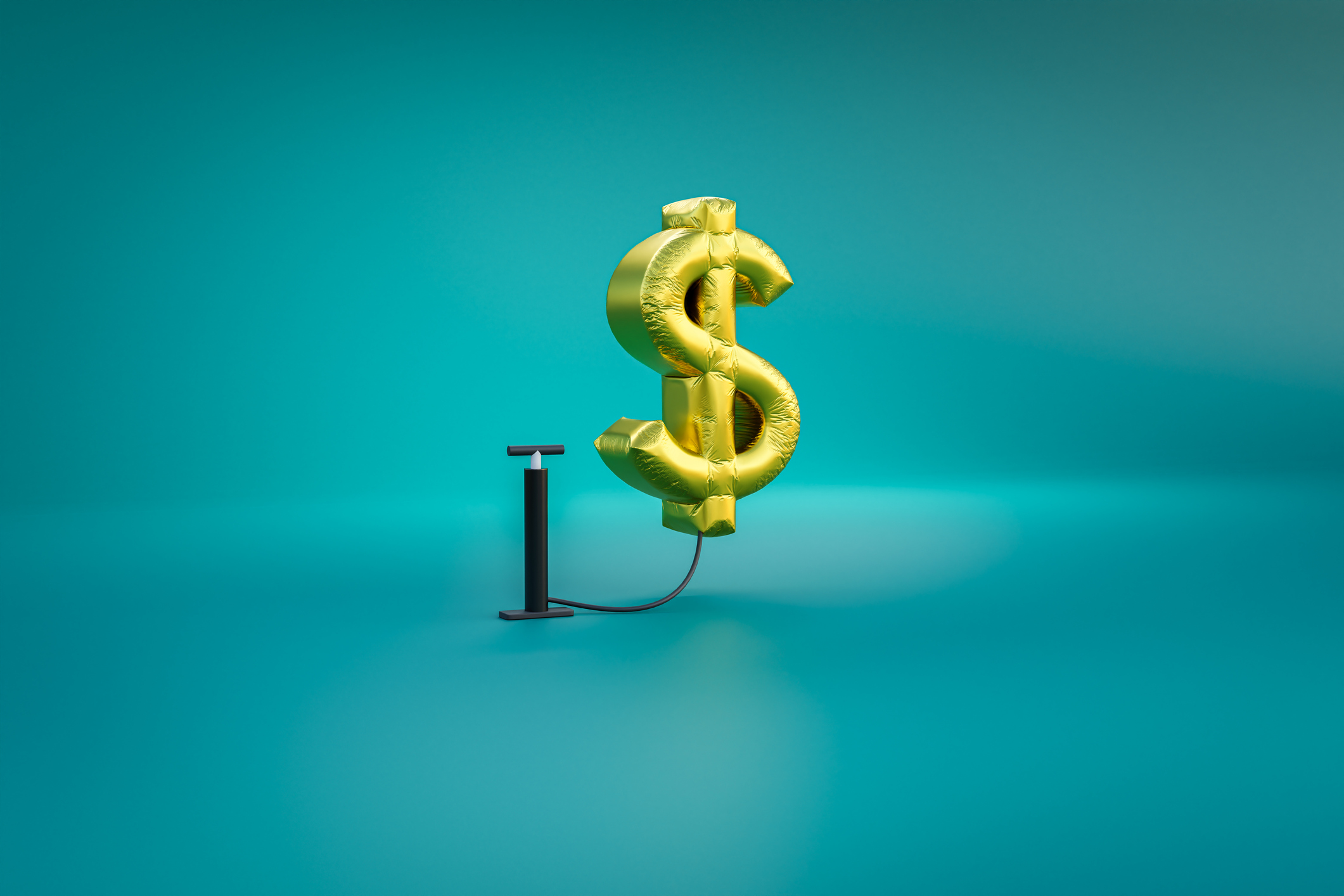 The Delayed September CPI Report is Out. Here's What it Signals for the Fed.
The Delayed September CPI Report is Out. Here's What it Signals for the Fed.The September CPI report showed that inflation remains tame – and all but confirms another rate cut from the Fed.
-
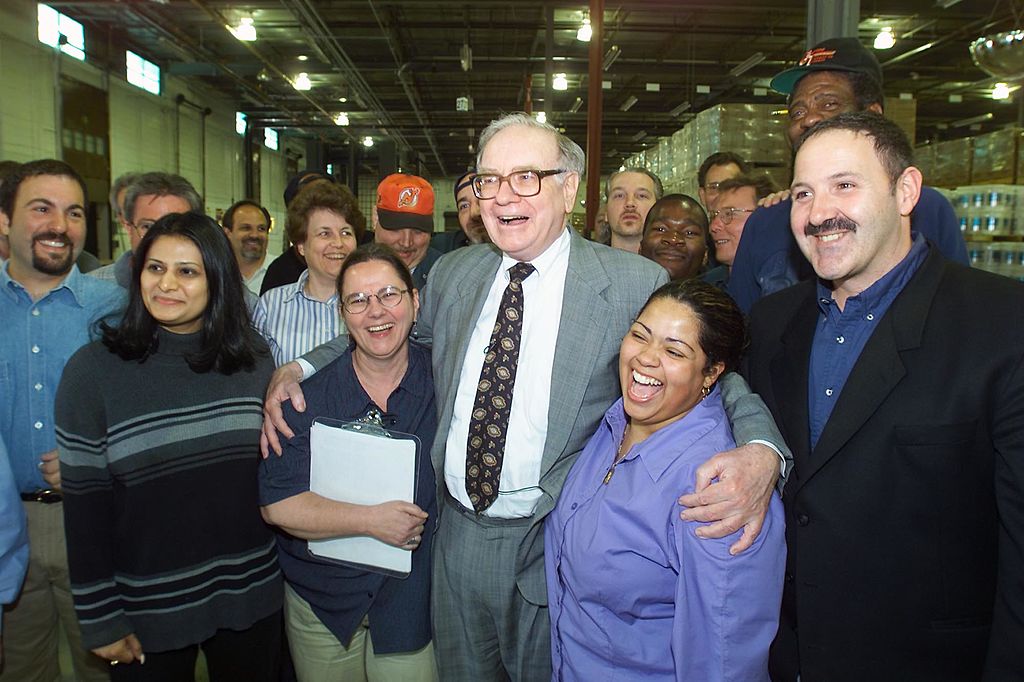 What the Rich Know About Investing That You Don't
What the Rich Know About Investing That You Don'tPeople like Warren Buffett become people like Warren Buffett by following basic rules and being disciplined. Here's how to accumulate real wealth.
-
 Banks Are Sounding the Alarm About Stablecoins
Banks Are Sounding the Alarm About StablecoinsThe Kiplinger Letter The banking industry says stablecoins could have a negative impact on lending.
-
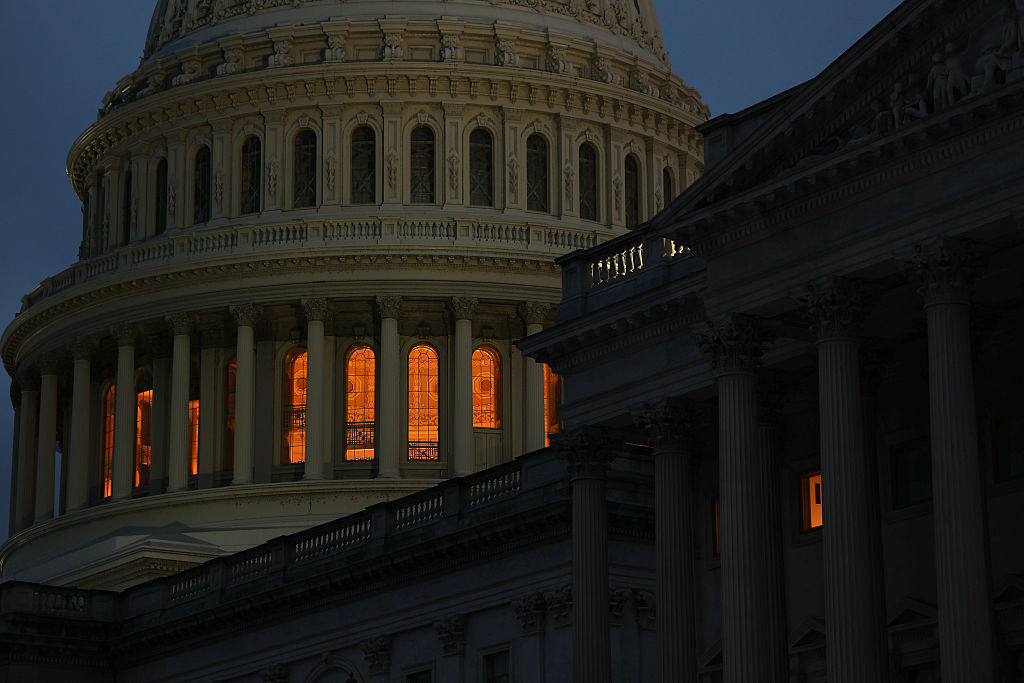 Government Shutdown to Delay Data, Including Key Jobs Report
Government Shutdown to Delay Data, Including Key Jobs ReportWhile government shutdowns typically don't impact stock returns, they can delay the release of key economic data – including the monthly jobs report.
-
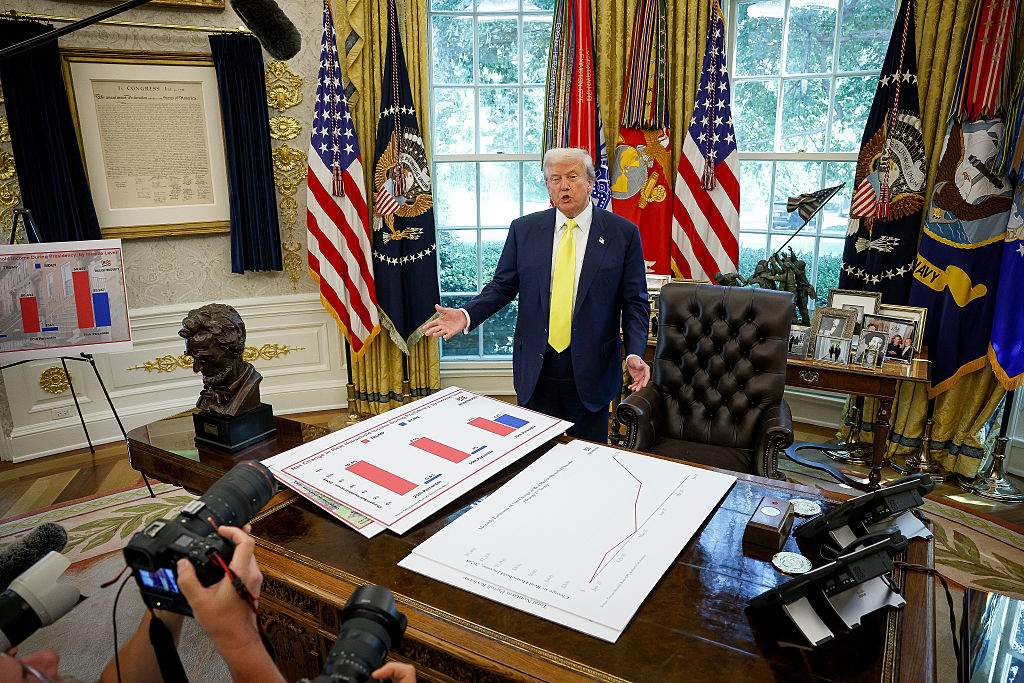 How to Invest for Rising Data Integrity Risk
How to Invest for Rising Data Integrity RiskAmid a broad assault on venerable institutions, President Trump has targeted agencies responsible for data critical to markets. How should investors respond?
-
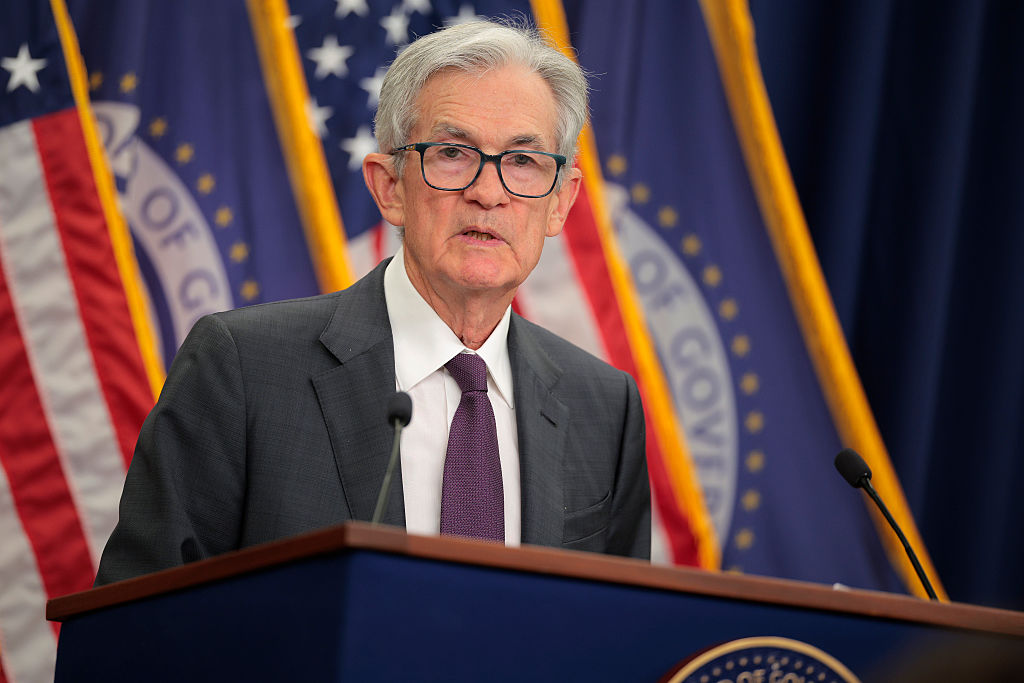 September Fed Meeting: Updates and Commentary
September Fed Meeting: Updates and CommentaryThe September Fed meeting is a key economic event, with Wall Street keyed into what Fed Chair Powell & Co. will do about interest rates.